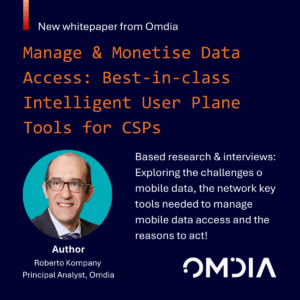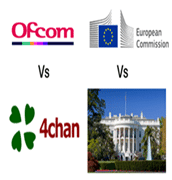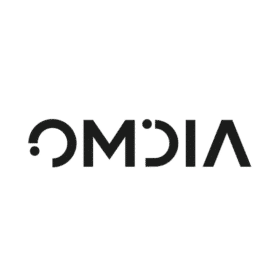New Omdia Report
Manage & Monetize Data Access: Best in Class Intelligent User Plane Solutions
The challenge for communication service providers (CSP) – both MNO and MVNO is how to develop models for developing revenue (ARPU) from the data path (a.k.a. the user plane). This challenge and possible options for solving it are brought into focus with a new paper from OMDIA (part of Informa Group) by their Principal Analyst in core networks, Roberto Kompany. The paper lays out the challenge, both now and upcoming, with possible solution approaches. The focus is on the user plane, the data traffic flow from device to/from the internet. This flow can be influenced from the control plane with user authentication, usage policy and network data.

With traffic rising at 20% CAGR in data (internet protocol [IP]) volume, of which 96% is encrypted, the problem facing CSPs is both capacity and scale. Capacity because of the volume increase, but also scale because the demand cannot just be met with new radio alone.
Either data traffic can be treated as a bit-pipe where it simply is about speed and gigabytes consumed, or, alternately, it can be classified, managed and monetized in more inventive ways. This is not a problem which can be solved by RAN (radio access network) alone. This is compounded by new traffic types – e.g. data generated by AI apps in constant communication with server-side processing, to develop the next generation of services.
In building the analysis, Roberto Kompany interviewed Tier 1 CSPs to get their views on the capabilities needed for an intelligent user plane and, critically, where and how to implement those tools. Essentially the choice is clear – to have them as fully integrated, tightly coupled parts of existing network gateways UPF/P-GW or be provided as separate inline capabilities to be deployed selectively. The core capabilities identified are deep packet and flow inspection, data traffic optimization, firewall and accurate classification for data analytics for networks.
The pros/cons of sourcing the traffic management capabilities from independent suppliers, like Enea, or a core network supplier (e.g. Ericsson / Nokia) are examined. The scaling & compute impact on a UPF is significant as it switches from process radio traffic into layer 2-3 traffic (reference OSI model) to classifying traffic at layer 5 and above. At that level, looking at packets and flows to determine what the data is, requires heuristics and intelligence – which is why the paper is labelled ‘Intelligent User Plane Tools’.
It is also noted that the constantly changing IP environment – apps, traffic (e.g. AI traffic will increase by 200X by 2028) leads to further deployment difficulty. Particularly, how to stay up to date with the signatures, templates and learning needed to drive accurate classification of data flows. If the classification is wrong, then the data feeding the next generation of AI engines to manage network access will be missing a vital piece of the puzzle – i.e. what is driving traffic. It’s the old computer science principle – Garbage In, Garbage Out.
How the classification and toolset are implemented has a consequential effect on how they are upgraded / patched with new signatures for protocol changes. After all, a CSP will not want to keep upgrading/updating an operational UPF/P-GW. It is easier to bypass an inline system during a short upgrade window instead – which also has the benefit of isolating the change to a specific area and function. This added factor for upgrade points to independent vendors for best-in-class data traffic management tools.
These are the considerations to develop a more intelligent data traffic path in the user plane for a CSP. It is a competitive advantage to have the right tool for the task of managing traffic and it is not ‘one size fits all’.
Would you like to find out more about Enea’s best-in-class toolset for traffic management and what use cases it can solve? Click here.
References:
[1] Managing & Monetizing Data: https://info.enea.com/Manage-and-Monetize-Data-Access
[2] Data Traffic Management Tools & Capabilities: https://www.enea.com/solutions/traffic-management/
[3] 7 layer OSI Model – https://en.wikipedia.org/wiki/OSI_model




